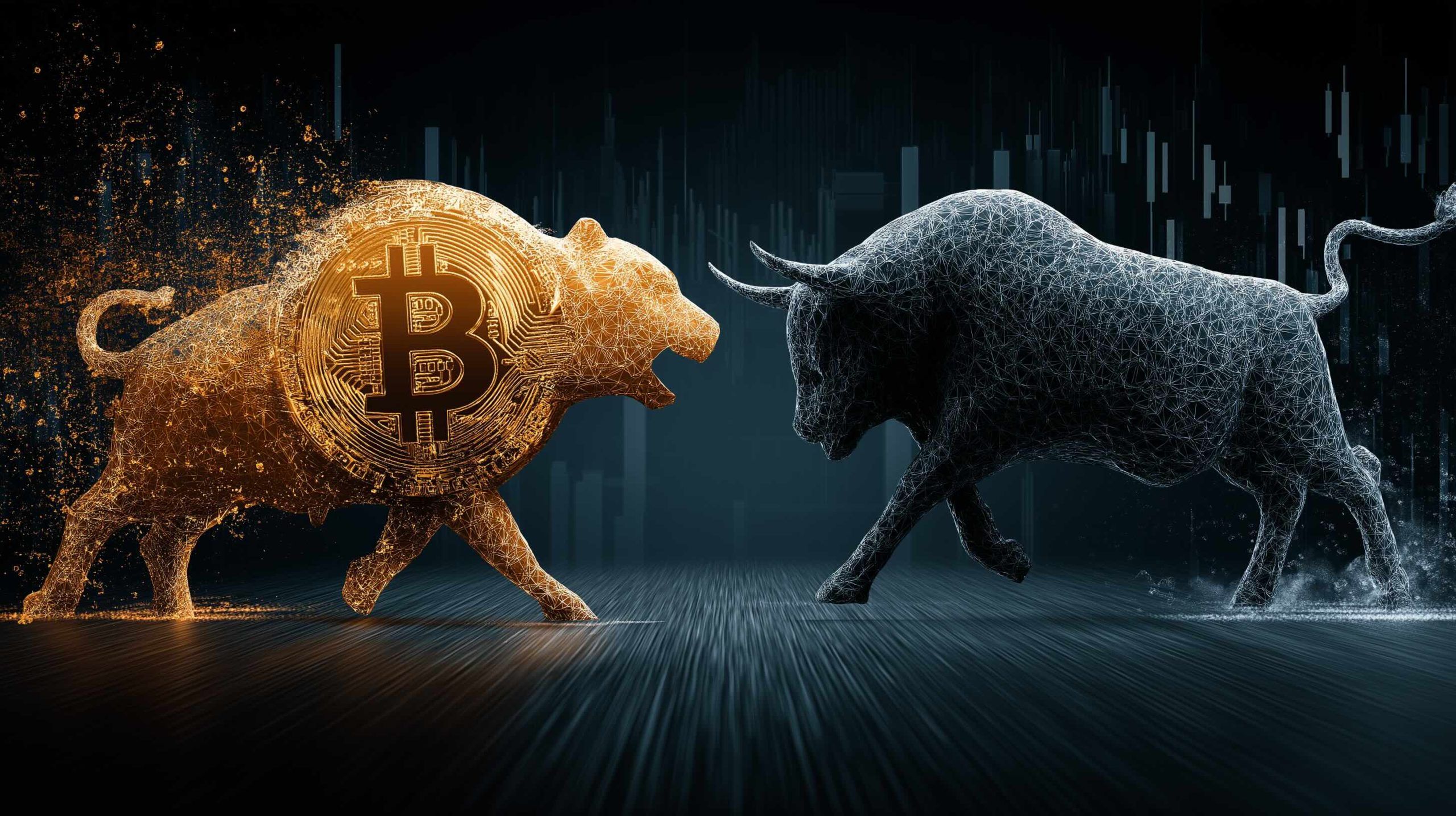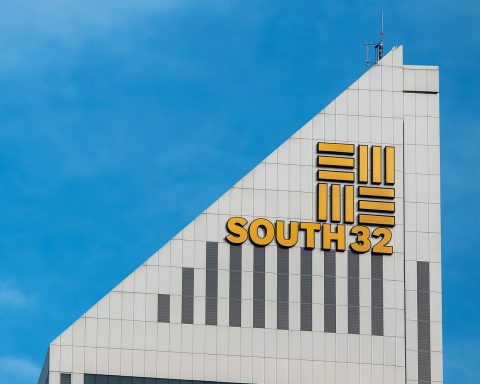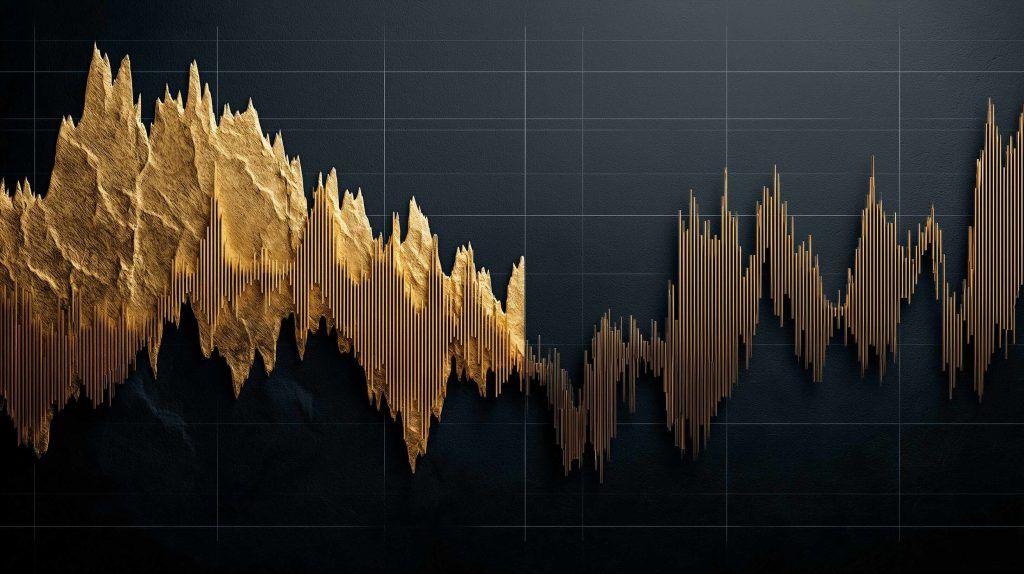- Record-Breaking Rally: Bitcoin surged to an all-time high of around $126,000 in early October 2025, roughly 32% year-to-date (YTD) – outpacing both the tech-heavy Nasdaq-100 (~19% YTD) and top NYSE stocks (~15% YTD) [1] [2]. Major stock indices like the S&P 500 and Nasdaq also hit record highs in October [3], fueled by a booming AI-led tech rally.
- Volatility & Risk: Bitcoin remains far more volatile than equity indices. Case in point: after peaking at ~$126K, BTC swiftly dipped to ~$121K (a ~4% drop) within a day [4] – swings rarely seen in broad stock indexes. Nasdaq-100 stocks can be choppy (tech stocks fell ~30% in 2022), but crypto’s rollercoaster moves (e.g. BTC’s ~75% plunge in 2022, then +140% in 2024 [5]) dwarf typical stock market gyrations.
- 2025 Performance & Drivers:Bitcoin’s 2025 climb (“Uptober” rally) is driven by huge institutional inflows and macro tailwinds. U.S. Bitcoin ETFs saw record inflows over $3 billion in early October [6], and 97% of BTC supply is in profit amid surging demand and a supply squeeze (exchange reserves at 6-year lows) [7]. Meanwhile, Nasdaq-100’s 2025 gains (~+19%) reflect booming Big Tech earnings and AI optimism, while NYSE’s large-cap stocks (~+14–15% YTD, similar to S&P 500 [8]) are buoyed by solid corporate profits and a resilient economy.
- Investment Outlooks: Crypto bulls see room for more upside – analysts suggest BTC could test $130K–$150K in coming months if momentum and institutional buying persist [9]. By contrast, stock strategists foresee modest equity upside: with the S&P 500 already near valuations “limited by high multiples,” many expect a range-bound market into year-end [10]. Still, some Wall Street firms have raised forecasts – e.g. Wells Fargo bumped its 2025 S&P 500 target to ~6,300–6,500 (from ~6,000) on strong earnings and easing trade tensions [11] [12].
- Volatility & Risk Profile: Bitcoin’s risk-reward profile skews extreme: it has delivered explosive long-term returns (over 525% gain in the past 3 years vs ~116% for Nasdaq stocks [13]) but with gut-wrenching volatility. In periods of stress, crypto can crash harder – e.g. 2022’s “crypto winter” saw Bitcoin down >60% while the S&P 500 fell ~19%. Nasdaq-100 carries higher volatility than broad indexes (its tech giants can swing on earnings or rate news), yet its downsides are buffered by real earnings and diversification across 100 companies. The NYSE 100 (top blue-chip stocks) tends to be more stable – huge daily moves are rare – but also unlikely to triple in a year like crypto can.
- Expert Opinions: Many financial experts are split on these asset classes. Legendary investor Paul Tudor Jones recently called Bitcoin “very appealing” as a hedge against irresponsible fiscal policy (citing the U.S.’s 6% budget deficit and looming Fed rate cuts) [14]. Morgan Stanley’s analysts likewise dub BTC a “scarce asset, akin to digital gold,” noting its appeal as an inflation hedge amid dollar weakness [15] [16]. They highlight that Bitcoin’s narrative has evolved – it’s behaving as both a risk asset (rallying on dovish Fed expectations) and a safe haven (benefiting from inflation fears), attracting a wider range of investors [17] [18]. On the other hand, traditional economists and value investors often caution that stocks have intrinsic value (backed by earnings/dividends) whereas crypto’s value is speculative. Some analysts warn the recent tech stock surge may be a bubble – the AI-driven run-up has evoked bubble concerns and the risk of a correction [19]. Warren Buffett-style investors continue to favor productive businesses (NYSE/Nasdaq companies) over volatile digital assets, while crypto evangelists argue Bitcoin is a revolutionary asset class with unparalleled upside.
- Recent News Highlights (Oct 2025): The past few days saw remarkable market milestones. Bitcoin blasted past $125K to record highs on Oct 5–6 [20], then pulled back ~2–4% as traders took profits [21]. At the same time, U.S. stock indices notched new peaks – the Nasdaq-100 and S&P 500 hit fresh record closes by Oct 8 [22]. A unique macro backdrop is in play: a U.S. government shutdown (ongoing since Oct 1) has halted economic data releases and even stalled new ETF approvals [23] [24]. Paradoxically, this uncertainty, combined with cooling labor data (e.g. a surprise loss of 32,000 private jobs in Sept) and easing inflation, has boosted expectations of imminent Federal Reserve rate cuts [25] [26]. Markets are pricing in a 94% chance of a Fed rate cut at the Oct 29 meeting [27], a prospect that has invigorated risk assets across the board. Traditional safe havens are surging too – gold broke above $4,000/oz for the first time (up ~50% YTD) before a slight pullback [28], and silver is up ~60% YTD [29]. This “risk-on, hedge-on” environment (weak dollar, high liquidity, inflation fears) has created a perfect storm where both Bitcoin and equities are climbing together [30]. Also notable: institutional adoption of crypto hit new highs – Bitcoin ETFs now hold ~6% of all BTC, creating a structural supply squeeze [31]. And overseas, regulators are warming to crypto, with the UK lifting a ban on crypto exchange-notes as of Oct 8 (potentially expanding retail access to Bitcoin ETPs) [32]. Overall, the news cycle paints a picture of robust investor appetite for both crypto and stocks as 2025 nears its close.
- Crypto vs Equities – Which Is More Favorable Now? It ultimately depends on the investor’s profile and goals. For growth-seeking, risk-tolerant investors, Bitcoin and crypto offer unparalleled upside potential – as evidenced by BTC doubling over the past year [33] and vastly outperforming stocks over multi-year spans [34]. These investors, often younger or aggressive, may view a pullback as a buying opportunity in a long-term crypto bull thesis (e.g. anticipation of future adoption or the next Bitcoin halving cycle). However, they must be able to stomach steep drawdowns and regulatory uncertainties. By contrast, for conservative investors or those focused on capital preservation, the NYSE 100 and Nasdaq 100 (equities) appear more suitable. Blue-chip stocks provide steady (if unspectacular) growth, dividends in many cases, and a long track record of weathering market cycles. Even after 2025’s run-up, equities are backed by corporate earnings and have central bank support on the horizon (rate cuts tend to favor stocks). The risk-adjusted appeal of stocks is higher for those who prioritize stability: stock indices historically exhibit far lower volatility than crypto, and even when they do decline, governments and central banks often step in with stimulus (as seen in past downturns).
- Portfolio Strategy – Finding Balance: Many experts advocate a balanced approach. For example, Morgan Stanley’s wealth management arm recently recommended a modest crypto allocation (up to 4% of a portfolio for high-risk “Opportunistic Growth” investors, ~2% for balanced portfolios, and 0% for ultra-conservative mandates) [35]. This guidance underscores that Bitcoin can complement a portfolio but in measured doses relative to stocks and bonds. A diversified investor might hold the bulk of assets in equities (and other traditional assets) for dependable growth, while carving out a small portion for Bitcoin as a high-upside diversifier. The idea is that even a few percent in BTC could juice overall returns if crypto continues to climb, yet a collapse in crypto would be manageable at that allocation. It’s worth noting that correlations between Bitcoin and stocks have fluctuated – in bullish periods they may rise together, but Bitcoin also has shown safe-haven behavior at times [36]. This dual nature (“digital gold” and a tech growth asset) makes Bitcoin intriguing but also unpredictable.
Late 2025 Conclusion: As of October 10, 2025, Bitcoin, the NYSE 100, and the Nasdaq 100 are all shining – but in different ways. Bitcoin has delivered headline-grabbing returns and captured the imagination of those betting on a new financial paradigm. The Nasdaq-100 has ridden an AI-driven stock boom to new heights, rewarding investors in familiar tech giants. The NYSE’s top 100 firms (and broad market proxies like the S&P 500) have provided solid, steady gains in an economy that proved resilient.
For investors asking “which is best?”, the answer lies in their risk appetite and investment horizon. Crypto (Bitcoin) offers the possibility of outsized potential returns (and a hedge against inflation or currency debasement) but comes with intense volatility and risk – suitable for those who can endure a wild ride. Equities (NYSE/Nasdaq stocks) offer proven wealth-building over time with far smoother ride – suitable for retirement funds, income needs, and those wary of big swings. Different asset classes can serve different roles: late 2025’s market dynamics even suggest a scenario where holding both could be complementary.
In summary, late 2025’s market showdown shows Bitcoin outperforming year-to-date, but stocks holding their own with record highs – a testament to strong investor confidence across the board. Crypto or equities? For many, the pragmatic choice is a bit of each: use stocks as the bedrock of a portfolio and Bitcoin as the high-octane kicker. As always, maintaining a diversified approach and aligning with one’s risk tolerance is key – 2025 has shown that fortunes can favor both the bold and the steady, as long as they play to their strengths in this unprecedented market landscape [37] [38].
Sources: Financial news and data from Tech Space 2.0 (TS2.tech) [39] [40], Cryptonews [41] [42], Reuters [43] [44], Investopedia [45] [46], Cointelegraph [47] [48], and other market analysis as of Oct 10, 2025.
References
1. ts2.tech, 2. www.statmuse.com, 3. www.investopedia.com, 4. cryptonews.com, 5. www.mitrade.com, 6. ts2.tech, 7. ts2.tech, 8. www.slickcharts.com, 9. cryptonews.com, 10. www.investopedia.com, 11. www.reuters.com, 12. www.reuters.com, 13. www.statmuse.com, 14. ts2.tech, 15. cointelegraph.com, 16. cointelegraph.com, 17. ts2.tech, 18. ts2.tech, 19. www.reuters.com, 20. ts2.tech, 21. cryptonews.com, 22. www.investopedia.com, 23. www.reuters.com, 24. ts2.tech, 25. ts2.tech, 26. ts2.tech, 27. www.reuters.com, 28. www.investopedia.com, 29. ts2.tech, 30. ts2.tech, 31. ts2.tech, 32. ts2.tech, 33. ts2.tech, 34. www.statmuse.com, 35. cointelegraph.com, 36. ts2.tech, 37. cointelegraph.com, 38. cointelegraph.com, 39. ts2.tech, 40. ts2.tech, 41. cryptonews.com, 42. cryptonews.com, 43. www.reuters.com, 44. www.reuters.com, 45. www.investopedia.com, 46. www.investopedia.com, 47. cointelegraph.com, 48. cointelegraph.com









